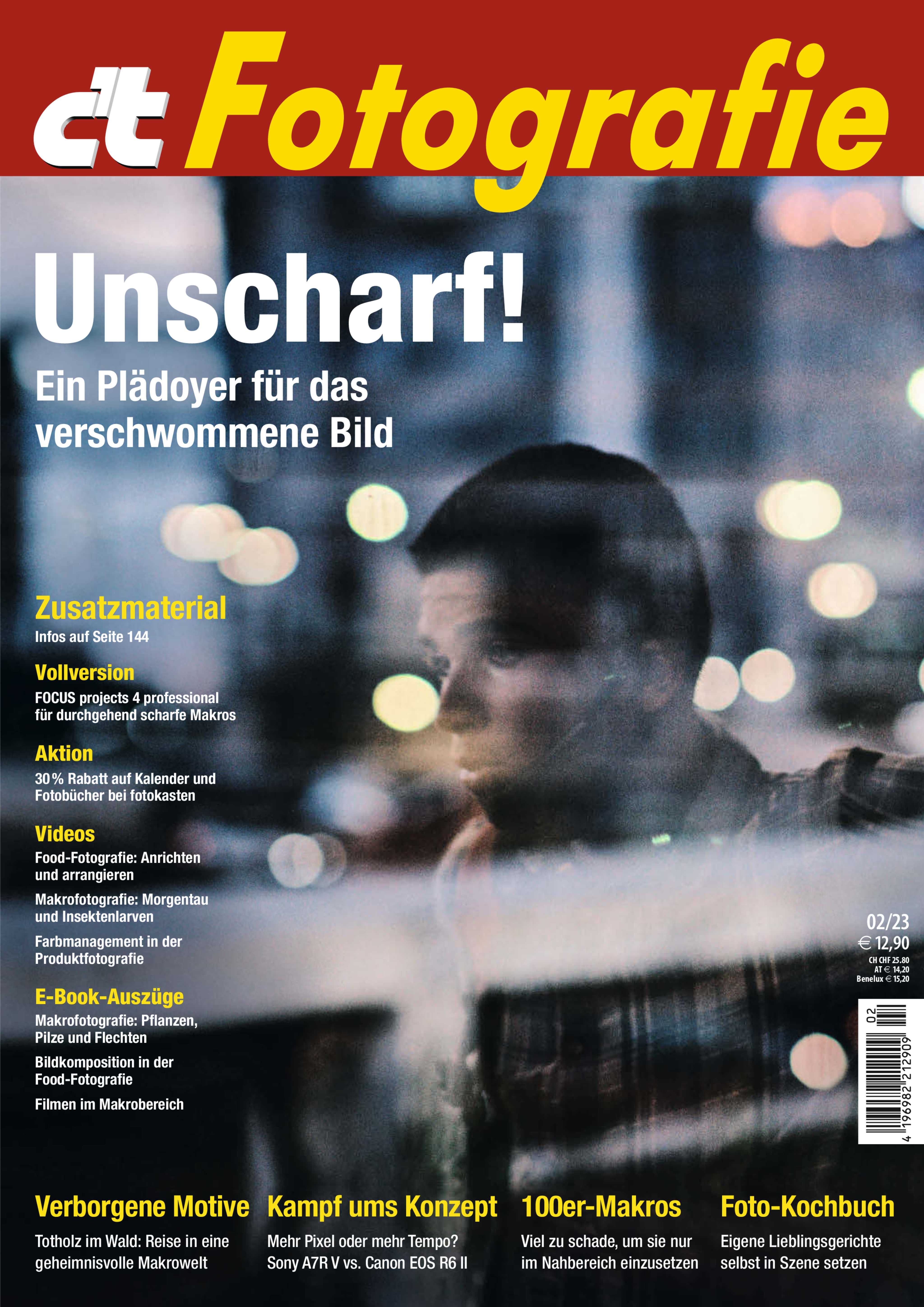Since the first Walkman in 1979, Sony has been considered the master of miniaturization, and now the company has done it again: The ZV-E1 is probably the most compact system camera with a full-frame sensor. Photographers who immediately think of an always-on device will be largely disappointed: the thing is intended for uncomplicated video production, for example a B-roll that is filmed by hand. As a result, there are few mechanical adjustment options and no viewfinder either, the image has to be designed using the folding display. And 12 megapixels are no longer the latest craze for photography.

The somewhat worn-out term “vlogging”, i.e. video blogging, is quickly at hand. The idea of young people posting every triviality of their lives on YouTube does the genre an injustice. This content is largely on the decline in popularity. Rather, one should speak of web video producers, some of whom work highly professionally today. The company “Linus Media Group” around the “Linus Tech Tips” channel, for example, now has around 100 employees and produces in its own studios every week dozens of videos and has over 15 million subscribers with its main channel alone. Sowas is also financially a million dollar company.
Sony is paying for its lead
And then it’s no wonder that companies like Sony are charging more and more for the devices for such applications. In Germany, the ZV-E1 costs around EUR 2,700 without a lens, or EUR 3,000 with a 28-60mm zoom. If you then ask professional camera sounds from TV and film, they still think it’s a toy, but if you dig deeper, you get the result: the Sony is much cheaper than Canon’s R5C or C70, both around 4,500 euros without optics. Smaller and lighter anyway. And for anyone who has been used to prices under 1000 euros for Sony’s ZV series, the old, hard formula applies: if you have to ask the price, you are not the target group. Sony has been paying particularly well for its combination of compactness, AI functions such as autofocus, good app connection and the large selection of lenses for the E-mount as long as Canon, Nikon or others have done so extensively in the web video camera segment ignore as before.
Leica Q3 on the horizon
And anyone who is interested in Leica has never asked about the price anyway. This also applies to the Q3, which according to unconfirmed information will be even more expensive than the Q2. That compact camera currently costs around 5,600 euros. The Q3 should appear in summer 2023, offer 60 megapixels and have the image processor of the large M11. It is not yet known whether Leica will also implement the currently popular AI functions – it remains exciting to see whether the traditional brand will follow the trend.
Updates for Canon’s R3 and R8
AI, actually: machine learning is also the field in which existing cameras are constantly being improved. Canon released an update for the R3 this week that can prioritize autofocus by pre-stored human face data. Practical example: If the mother-in-law pushes into the picture at the wedding at the last second, only the bridal couple is in the mood. And also via software, but by making better use of the mechanics, the R8 can now create photos with a resolution of 402 megapixels via pixel shift.
AI regulates itself – or is switched off
What the supposed, but always artificial intelligence can trigger in the minds of the audience through computer-generated images was shown all too clearly this week by the Pope’s mid-journey creation as a Michelin man. Eva-Maria Weiß put it in a nutshell: “Even if we are aware that the images are not real, the brain wires this information.” Meanwhile, the uncritical fans of AI images on social networks mock the critics who blame the pope’s hand in his coffee mug or the chain missing on one side Pectoral not recognize immediately. But if the last few months with AI have taught us one thing, it’s that it’s becoming increasingly difficult to really recognize the fakes, because the technology is being developed at an unprecedented pace.
And the interest is so great that Midjourney can no longer be used free of charge. The service ran out of resources, especially GPU computing power, and many users cheated around the limitations on the number of images, for example. But the concerns are also of a social nature, so Midjourney is working on a “moderation” that has not yet been described in detail and also speaks in general of “abuse” of his technology. The AI makers don’t seem too comfortable with what people then do with it. And with the language models like ChatGPT, the data protection officers are slowly waking up: Italy wants to block the service completely because – what a surprise – personal data is processed in it, which is also poorly protected.
A reasonable price at the WPA
Of course, this week there is also news about the really real and non-moving picture: The photography student Jonas Kakó from Hanover has won one of the regional prizes of the “World Press Photo Award”. And not for the best report on the Heidschnucke between Bispingen and Schneverdingen, but for the region of North and South America – the competition is particularly high there. The NDR has his winning photo, where it is too an interview heard with him is described as “Three men in white suits standing in the desert”.
And precisely because this scene, which is so simple at first glance, raises so many questions, it tells a story: Because of the drought that has persisted for years in the western United States, the bees are increasingly infested with mites, but Kakó in Arizona has kept to the treatment of the bees . The beekeepers in the desert symbolize the consequences of the climate crisis, which are otherwise hardly known – pointing the camera at such aspects makes a good press photo.

(NO)

